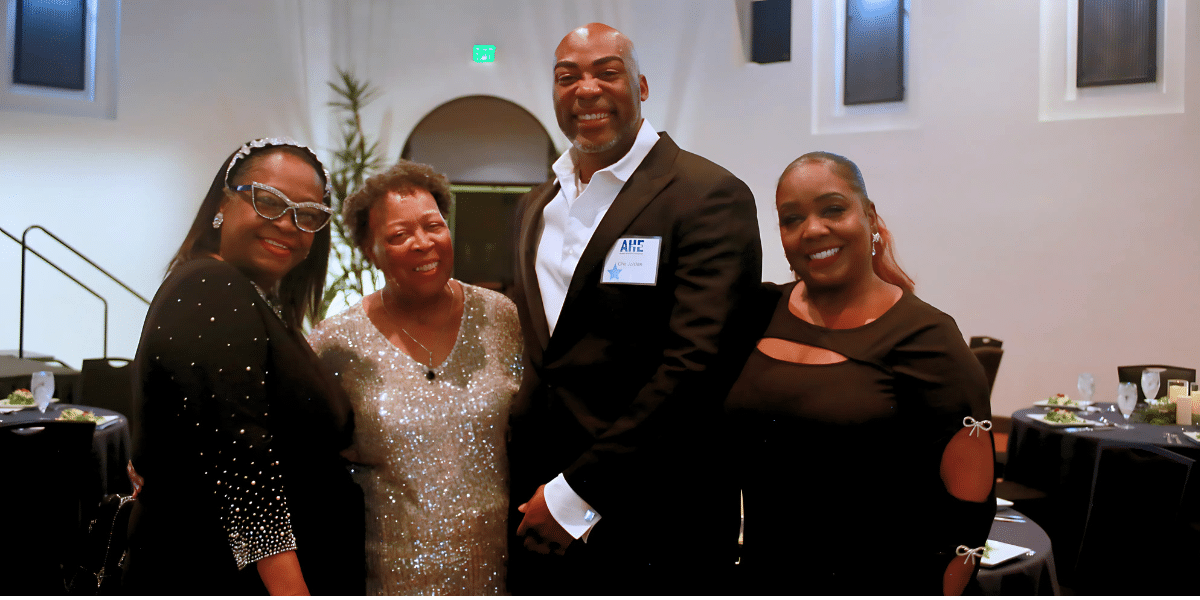The circular and slow fashion movement is redefining the fashion industry, shifting away from fast-paced production and wasteful practices toward sustainability, quality, and longevity. Embracing circularity and mindful consumption, this movement is focused on reducing environmental impact by encouraging the use of durable materials, thoughtful production methods, and an emphasis on quality over quantity. As consumers become more environmentally conscious, circular and slow fashion has emerged as a powerful alternative to the fast fashion cycle, offering an approach to style that respects both people and the planet.
What is Circular Fashion?
Circular fashion promotes a closed-loop system, aiming to keep materials and products in use for as long as possible. Rather than producing garments with a short lifespan, circular fashion encourages recycling, repurposing, and reusing, reducing the need for constant production of new items. Brands committed to circular fashion design garments that are either biodegradable or easily recyclable, ensuring that, at the end of their lifecycle, these products won’t add to landfills or ocean pollution.
Popular circular fashion practices include take-back programs, where brands allow consumers to return worn items for recycling, as well as upcycling initiatives that repurpose old clothing into new designs. Circular fashion emphasizes the importance of materials, focusing on sustainable fabrics such as organic cotton, recycled polyester, and biodegradable blends to reduce waste.
Slow Fashion: Quality Over Quantity
Slow fashion is all about thoughtful consumption and quality craftsmanship. This approach encourages consumers to invest in timeless, well-made pieces designed to last for years rather than trend-based items meant to be discarded after a single season. Slow fashion values ethical production methods, including fair wages, safe working conditions, and environmentally friendly practices.
Brands that adopt slow fashion principles typically release limited collections and focus on versatile designs that transcend seasonal trends. By prioritizing quality over quantity, slow fashion not only minimizes waste but also fosters a more personal connection to clothing, encouraging consumers to build wardrobes that reflect their unique styles and values.
Environmental Benefits of Circular & Slow Fashion
Circular and slow fashion are key drivers in reducing the environmental footprint of the fashion industry. Fast fashion is notorious for its high levels of waste, pollution, and carbon emissions, often relying on non-biodegradable materials and energy-intensive production processes. Circular and slow fashion, by contrast, aim to address these issues by promoting sustainability at every stage of the product lifecycle.
For example, the use of recycled materials significantly reduces the need for virgin resources, while biodegradable fabrics minimize waste at the end of a garment’s life. Additionally, reducing the frequency of new collections and encouraging longer product lifespans help decrease the industry’s carbon footprint, contributing to a cleaner, greener planet.
Ethical Production and Fair Labor Practices
One of the core pillars of circular and slow fashion is a commitment to ethical labor practices. The fast fashion industry has been criticized for its reliance on low-wage labor in unsafe conditions, often exploiting workers to meet high production demands. In contrast, slow fashion values transparency and fair treatment, ensuring that workers receive fair wages and work in safe environments.
This focus on ethical production builds a sense of trust and transparency between brands and consumers. Many slow fashion brands openly share information about their supply chains and manufacturing processes, allowing consumers to make informed decisions that align with their values. This ethical approach not only benefits workers but also adds value to the garments themselves, as consumers are more likely to feel a meaningful connection to their clothing.
How to Embrace Circular and Slow Fashion as a Consumer
Consumers play a crucial role in driving the circular and slow fashion movement. Here are some steps to embrace this sustainable approach to style:
- Invest in Quality: Prioritize well-made pieces that can withstand years of wear. Focus on timeless designs that you’ll love for years rather than fast fashion trends.
- Shop Secondhand and Vintage: Buying secondhand or vintage clothing reduces the demand for new production, making it an eco-friendly way to build a unique wardrobe.
- Repurpose and Repair: Extend the life of your clothing by repairing or repurposing items instead of discarding them. Simple repairs can make a big difference in how long your clothing lasts.
- Choose Sustainable Brands: Support brands that prioritize ethical and sustainable practices, offering transparency about their materials, production methods, and labor standards.
- Participate in Take-Back and Recycling Programs: Many circular fashion brands offer recycling programs for old clothing, ensuring that textiles are reused or recycled responsibly.
The Future of Fashion: Embracing a Circular Economy
The circular and slow fashion movement is gaining momentum, with more brands and consumers adopting sustainable practices. As awareness grows, the fashion industry is increasingly investing in new materials, green technology, and sustainable supply chains. The future of fashion lies in embracing a circular economy, where waste is minimized, resources are conserved, and every piece of clothing is valued.
Government regulations and increased consumer demand are also pressuring fashion brands to become more accountable. Major retailers are starting to experiment with rental programs, recycling initiatives, and other sustainable practices as they seek to align with circular and slow fashion principles.
Conclusion: Fashion with Purpose
Circular and slow fashion offer a transformative approach to style, encouraging mindful consumption and a sustainable relationship with clothing. By prioritizing quality, ethical practices, and environmental impact, this movement empowers consumers to make choices that reflect their values. As more individuals embrace circular and slow fashion, the industry moves closer to a future where style and sustainability go hand in hand.
Published by: Holy Minoza














